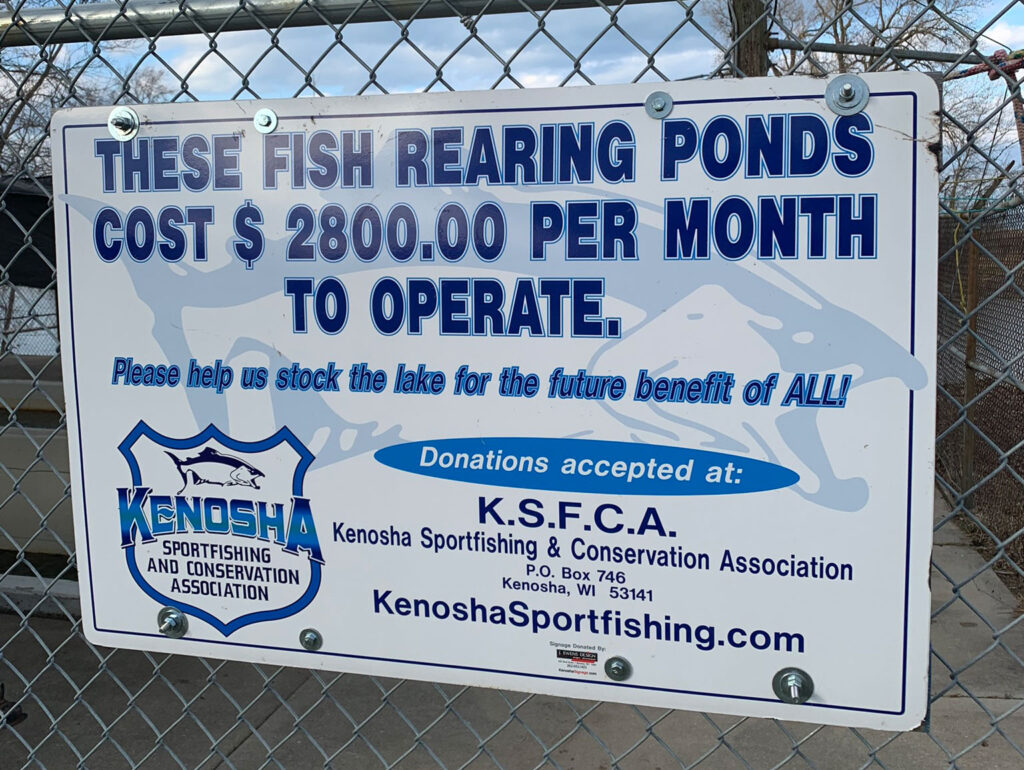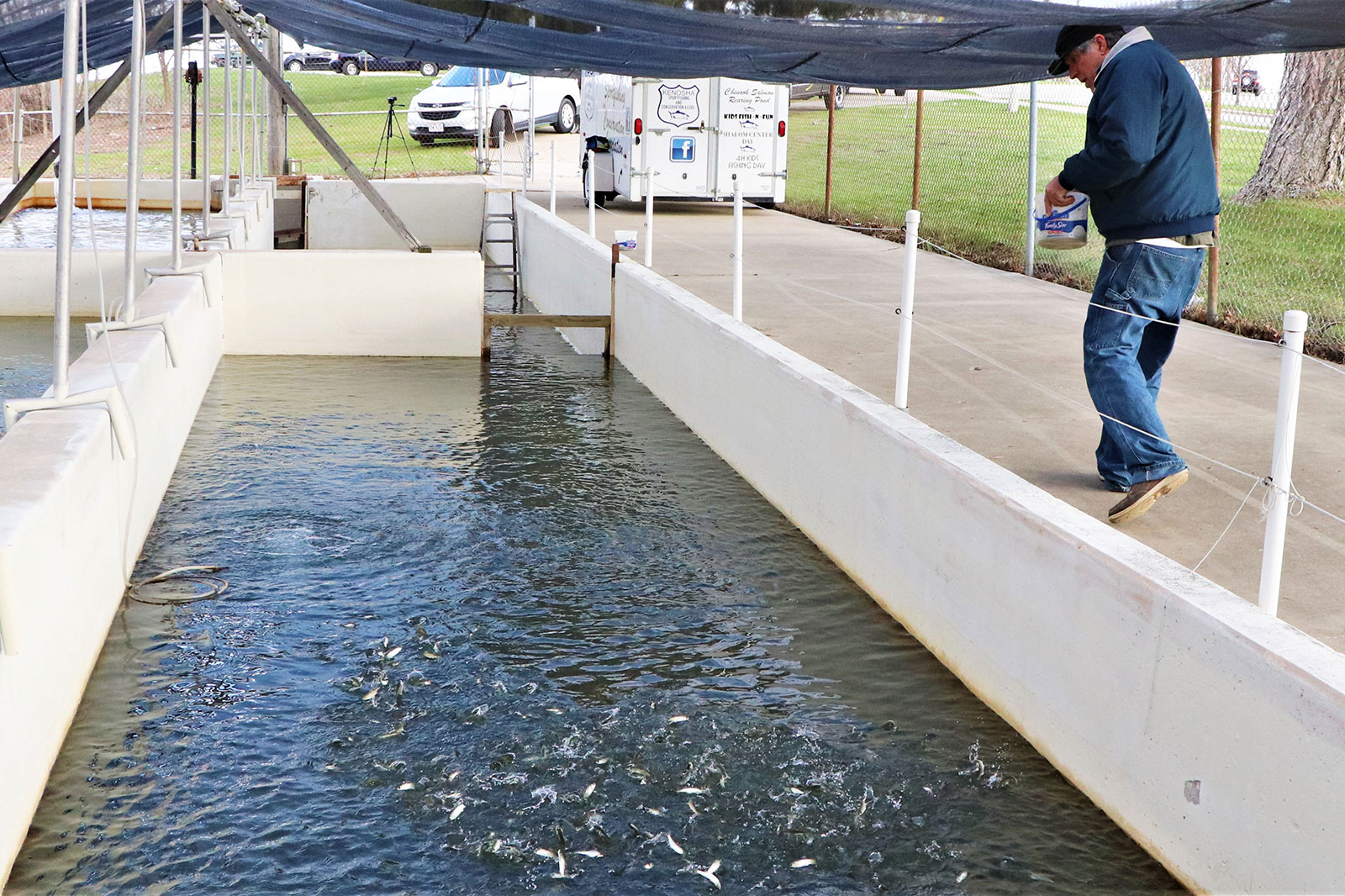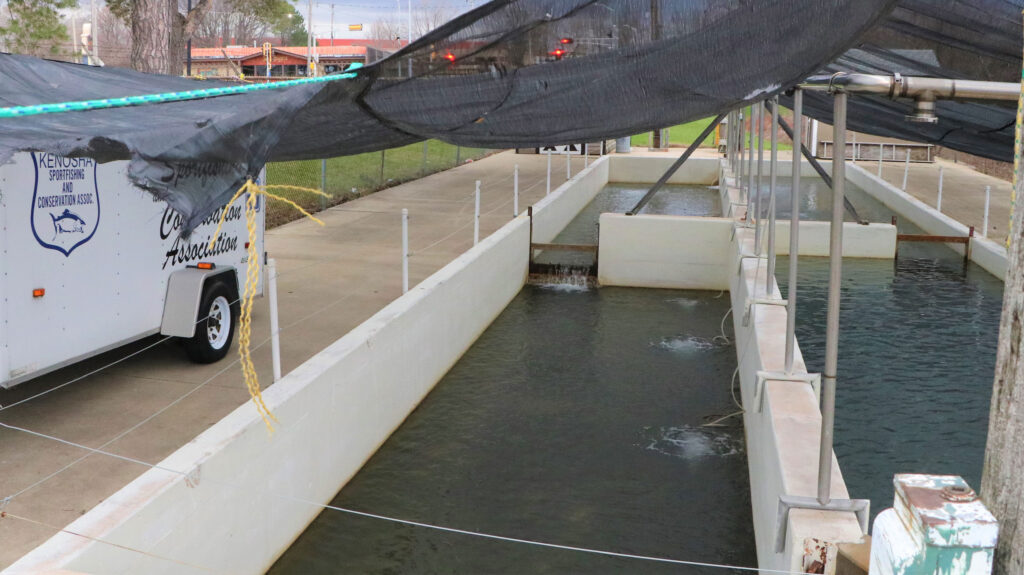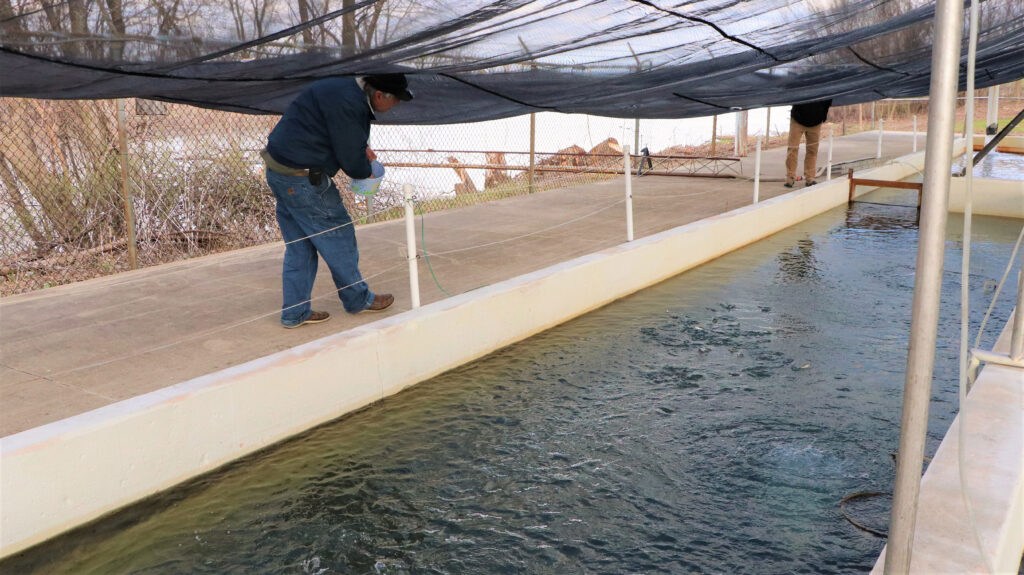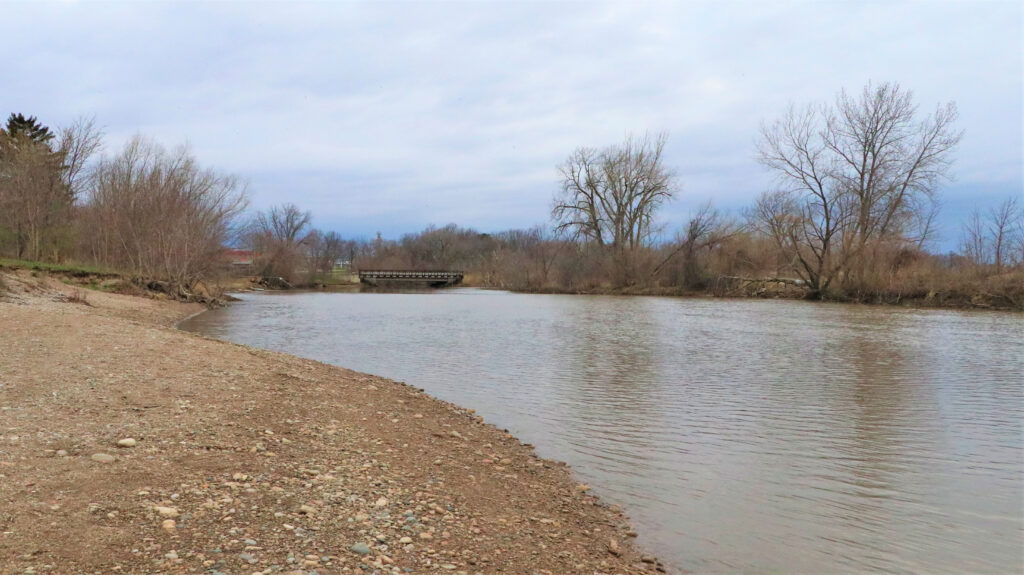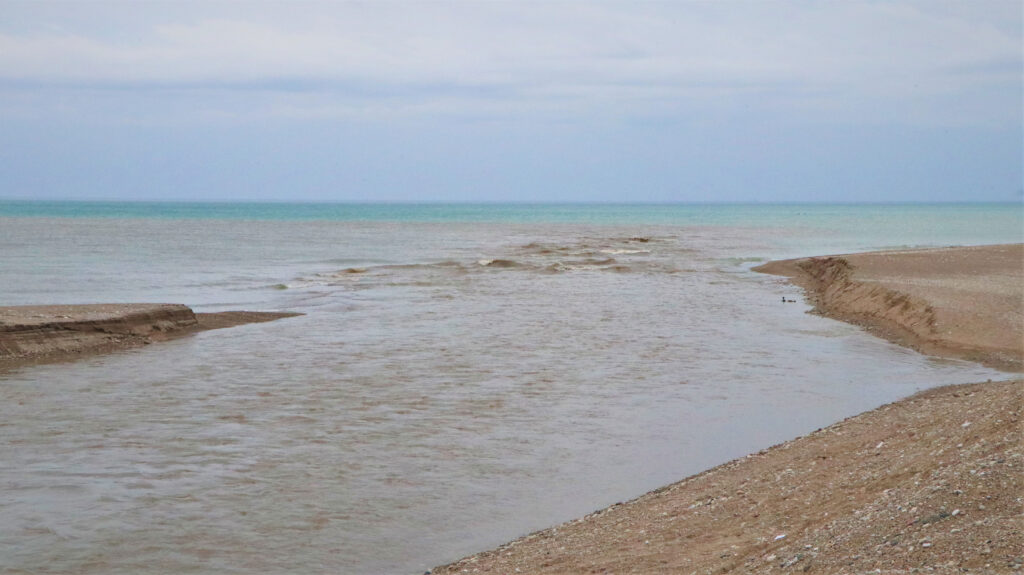Since 1973, the Kenosha Sportfishing and Conservation Association (KSFCA) has operated the Kenosha Salmon Rearing Facility — located along the mouth of the Pike River near the corner of Seventh Avenue and Sheridan Road — to help replenish the salmon population in Lake Michigan.
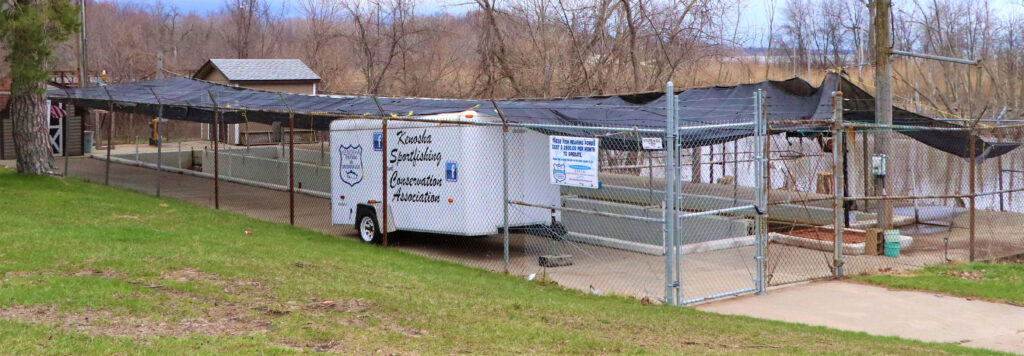
The facility is leased from the city and operated by KSCA under the direction of the Wisconsin Department of Natural Resources.
Kenosha’s Jim Zondlak oversees the operation as the rearing pond chairman.
Every spring, the DNR provides between 30,000 and 40,000 salmon fingerlings which KSFCA keeps alive in the rearing ponds until they are large enough to release into Lake Michigan.
Aaron Shiller, a biologist with Wisconsin State Fisheries, works at the Wild Rose Hatchery where the fingerlings are provided from hatchery-raised salmon eggs. Once the fish are proper size and age they are offered to various rearing ponds where conservation-minded associations raise them until they are large enough to be released.
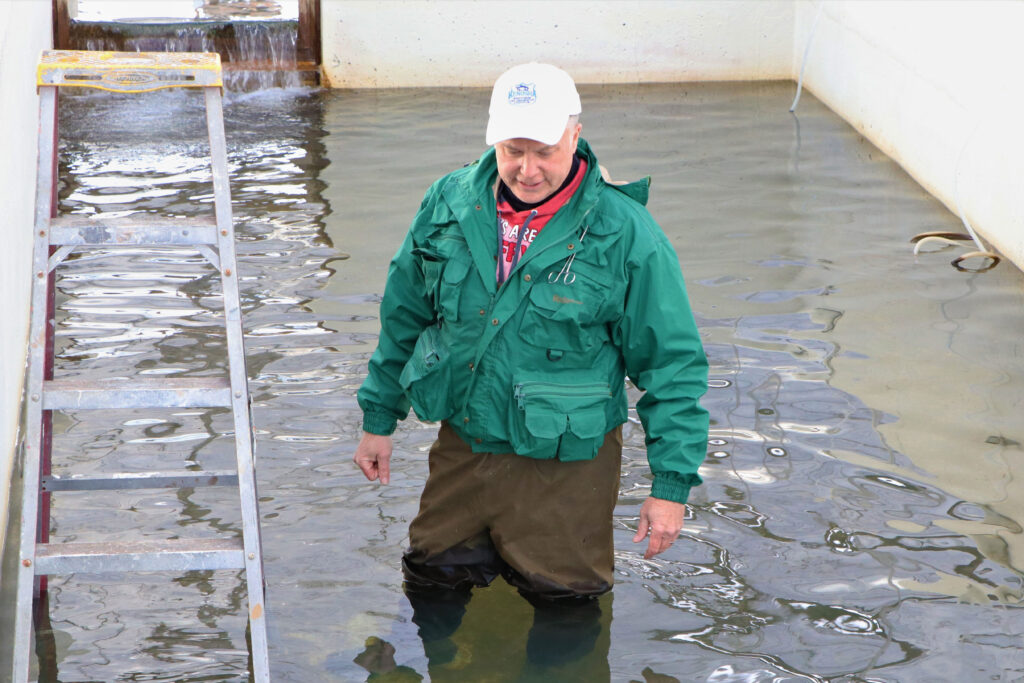
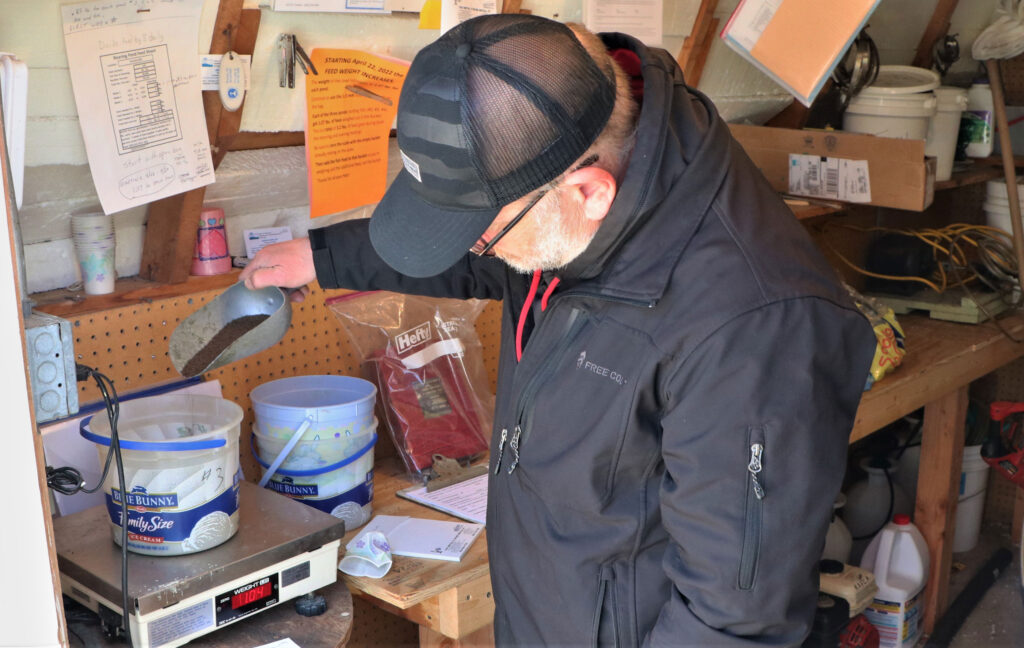
Zondlak said the fish are kept in water drawn from a 1,000-foot well that is onsite at the facility. The water is also drawn from the Pike River and added to four staggered fish ponds within the facility.
The ponds are staggered to allow water flow throughout the ponds. Staggering the water levels in the ponds creates a series of small waterfalls that provides oxygenation of the water and a current that allows the salmon to become acclimated to currents before being released into the current of the Pike River.
A large entrance pipe is located near the end of the deepest pond which has plastic atomizers within it that create turbulence that further oxygenates the water being pumped from the well into the pond.
Each successive pond steps the water level slightly lower than the pond feeding it. Water flows through four separate ponds before circulated water drains into the Pike River.
Each of the ponds is separated by a mesh fence that keeps specific populations of fish in their individual area. When the fish are released, the barriers are removed and the water containing the fish is drawn into the Pike River through a large plastic drain pipe.
During my visit to the facility, I was able to observe the feeding of the salmon fingerlings. Dry food provided by the DNR is carefully measured out on a scale and dispersed by hand to the fish within each of the four holding ponds.
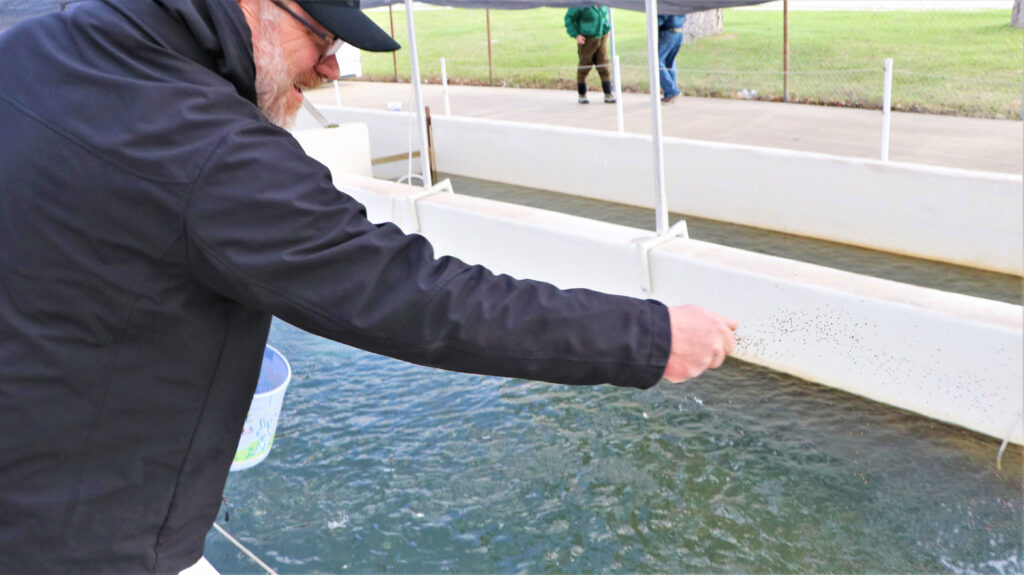
As the food hits the water, the water boils with fish trying to get their share of the food. It was quite an interesting thing to watch. I also noticed that the fish naturally mass together in the shaded areas of the ponds which make them harder to see. I believe this is possibly a survival instinct within the fish from the time they are born. The facility is covered with black netting that protects the fingerlings from predatory birds while they are in the ponds.
During my visit I also spoke to Jim about the survival rates of these tiny fish once they are released into the river. He agreed that it would be a difficult journey for the salmon fingerlings but no different than that of fingerlings born in the wild.
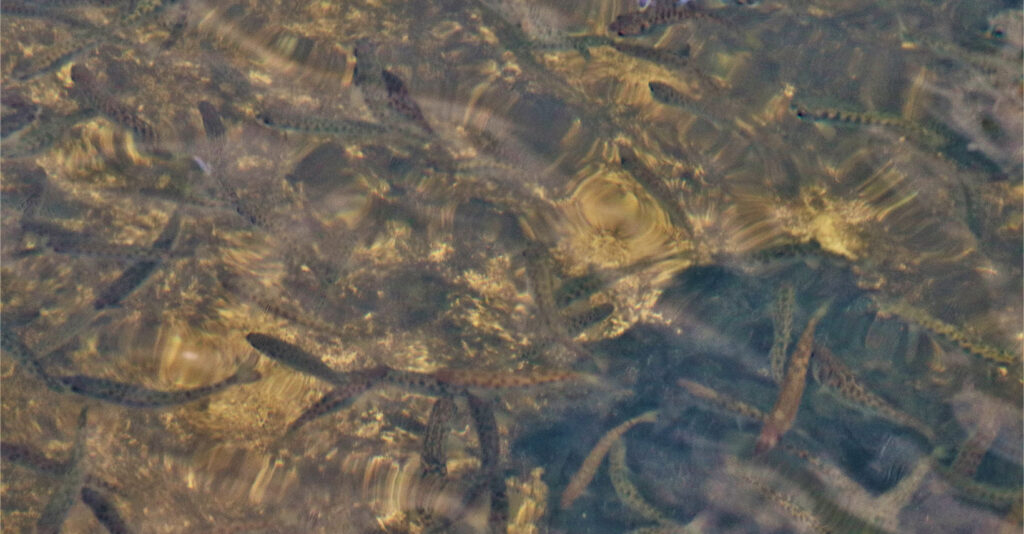
With the recent rains, the mouth of the river has opened widely and there is quite a bit of current to pull the small fish in the right direction. There are many predatory fish and birds that present a real obstacle to their survival.
During their 3½ weeks in the pond, the fish undergo smolting. Smolting is a process where the young salmon or trout lose their scales and become more silver in appearance just prior to making their first migration out into open waters.
The fish begin to understand the makeup of the river water where they are growing and retain this information so well that they are able to return to the same river for spawning. About five to seven percent of the fish released will survive and return to the Pike for spawning, according to Zondlak.
The KSFCA relies heavily on donations to cover operating costs of approximately $2,800 per month. To make a donation or to learn more about the KSFCA, visit www.kenoshasportfishing.com.
So there we have it, a lot happens during the process of raising these little Chinook salmon and I really commend the KSFCA for its work in maintaining a healthy fish population in Lake Michigan.
Conservation requires giving as well as taking. It’s a lot of work to get them to the stage where they can be released. I hope you enjoyed this article and will join me again next week for another edition of Capturing Kenosha.
